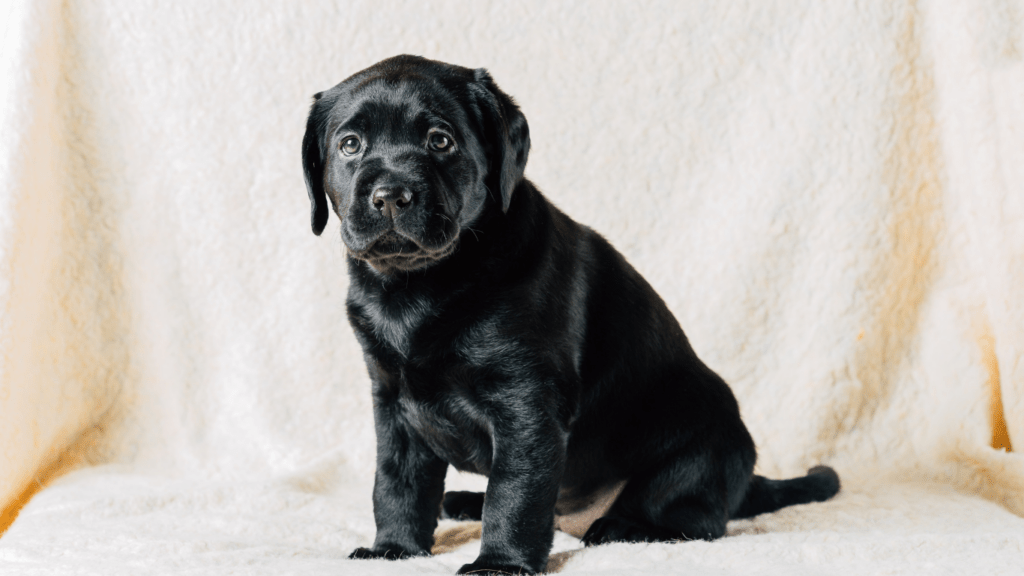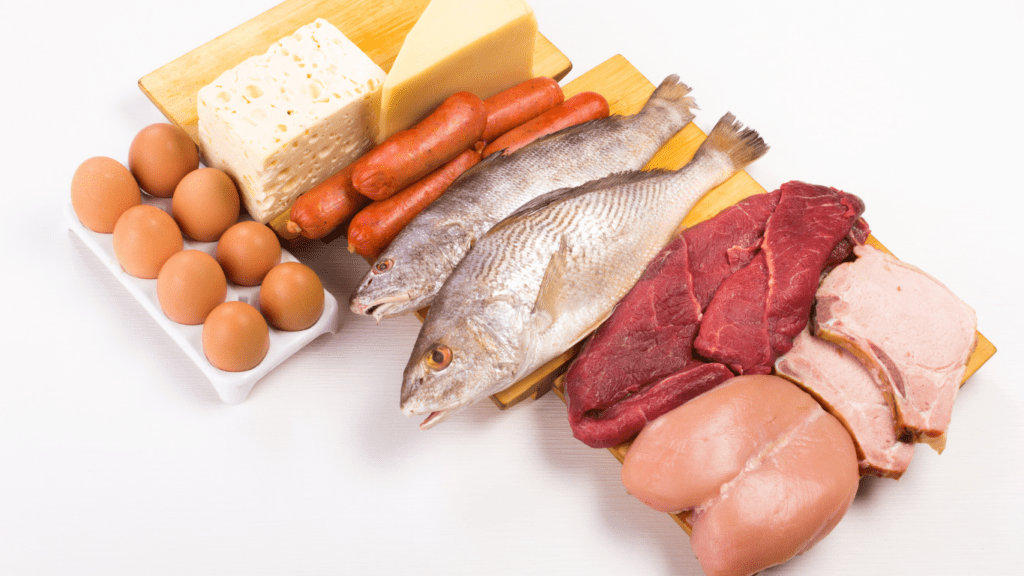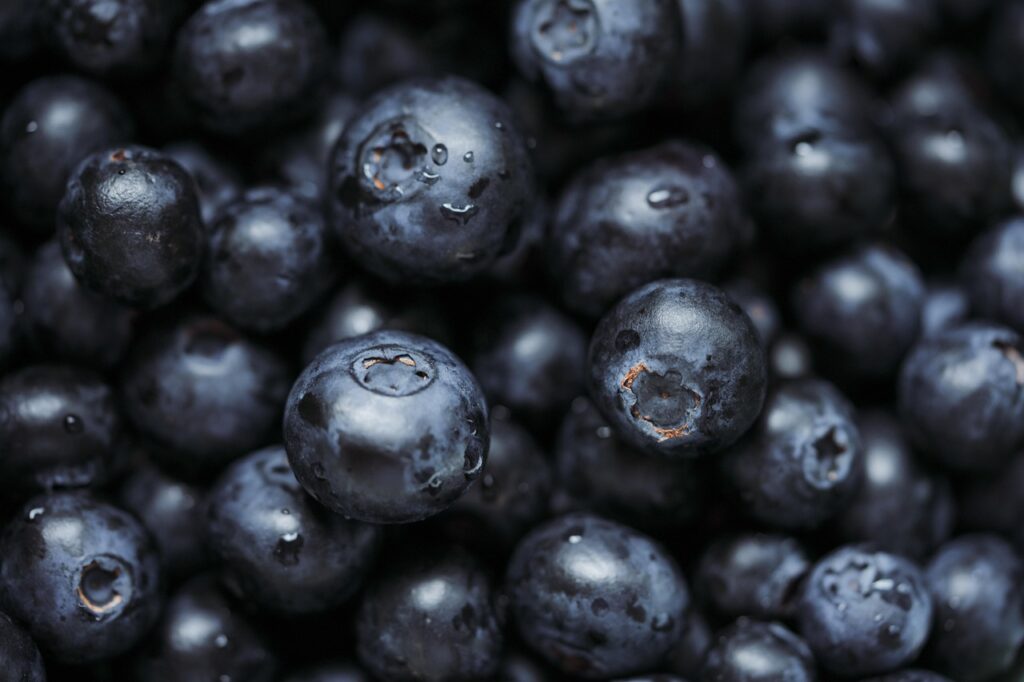Understanding Grain-Free Diets for Pets
Grain-free diets for pets have gained attention for their touted health benefits. Many pet owners are opting for these diets to improve their pets’ overall well-being.
What Is a Grain-Free Diet?
A grain-free diet for pets excludes common grains like wheat, corn, and rice. These diets focus on high-quality protein, vegetables, and sometimes fruits.
Common ingredients include chicken, beef, peas, and sweet potatoes. Manufacturers often replace grains with alternative carbohydrate sources like lentils or chickpeas.
- Improved Digestion: Pets with grain allergies or sensitivities may benefit from these diets. Symptoms like diarrhea, gas, and bloating may reduce.
- Shinier Coats: Many pet owners report shinier, healthier coats after switching to grain-free diets, likely due to the higher protein and fat content.
- Increased Energy Levels: Grain-free diets often provide more proteins and fats, which can enhance pets’ energy levels.
- Better Weight Management: These diets may help with weight management in pets prone to obesity, as the ingredients can be more easily metabolized.
Health Benefits of Grain-Free Diets for Pets
Grain-free diets offer several health benefits for pets, often leading to noticeable improvements in their overall well-being.
Improved Digestion
Many pets experience enhanced digestion without grains in their diet. Grain-free food has high-quality proteins and vegetables like chicken and peas.
These ingredients are easier for pets to digest. Common grains like wheat and corn often cause allergies or intolerances. Eliminating these grains can reduce gastrointestinal issues. Improved digestion can lead to better nutrient absorption and less frequent stomach upsets.
Better Skin and Coat Health

A grain-free diet often contributes to healthier skin and shinier coats. Allergens present in grains can cause itching, redness, or dryness in pets.
By removing these allergens, a grain-free diet can alleviate these symptoms. Ingredients like sweet potatoes provide essential vitamins and fatty acids.
These nutrients promote healthy skin and a glossy coat. Consistent improvement in coat health is one of the first visible changes when switching to grain-free food.
Enhanced Energy Levels
Pets on grain-free diets often have higher energy levels. High-quality proteins such as beef provide essential amino acids that help build muscle and maintain energy.
Grains can lead to energy spikes and crashes. Replacing them with complex carbohydrates like sweet potatoes provides a steady energy source.
This sustained energy can translate into more playful and active pets. Enhanced energy levels are particularly beneficial for pets prone to weight issues, as increased activity helps with weight management.
Comparing Grain-Free and Traditional Diets
Exploring grain-free and traditional diets reveals notable distinctions that impact pets’ health and well-being.
Nutritional Differences
Grain-free diets exclude common grains in favor of high-quality proteins and vegetables. Proteins like chicken, beef, and fish serve as main sources.
Traditional diets rely on grains such as wheat, corn, and rice as primary carbohydrates. Grain-free options often include complex carbs like sweet potatoes.
Nutrient Sources:
- Grain-Free Diets: Chicken, beef, fish, sweet potatoes, peas.
- Traditional Diets: Wheat, corn, rice, barley.
Grain-free diets generally contain more protein and fewer carbohydrates, benefiting pets prone to obesity.
Cost Implications
Grain-free diets typically cost more due to higher-quality ingredients. Pet owners can spend 20-50% more on grain-free pet food. Traditional diets are usually more affordable, but they often include fillers and grains.
| Diet Type | Annual Expense | Ingredient Quality |
|---|---|---|
| Grain-Free | $500 – $1,200 | High-quality proteins, vegetables |
| Traditional | $250 – $800 | Grains, fillers |
Grain-free diets involve a higher investment but may reduce future veterinary costs by promoting better overall health.
Choosing the Right Grain-Free Diet
Selecting the proper grain-free diet ensures pets receive optimal nutrition without grains. Consider various factors to make an informed decision.
Ingredients to Look For
High-quality proteins like chicken, beef, and fish should be primary. Vegetables and fruits such as sweet potatoes, peas, and blueberries provide essential vitamins and antioxidants. Look for natural fats, including fish oil and flaxseed, to support skin and coat health. Avoid artificial additives and fillers.
Understanding Pet Food Labels
Reading pet food labels helps identify the best options. The ingredients list should start with a named protein source like “chicken” rather than generic terms like “meat.”
Check for whole vegetables and fruits, which indicate higher quality. Analyze the guaranteed analysis section to ensure the diet meets protein and fat requirements, often listed as percentages. Also, look for AAFCO statements to verify the food meets established nutritional standards.


